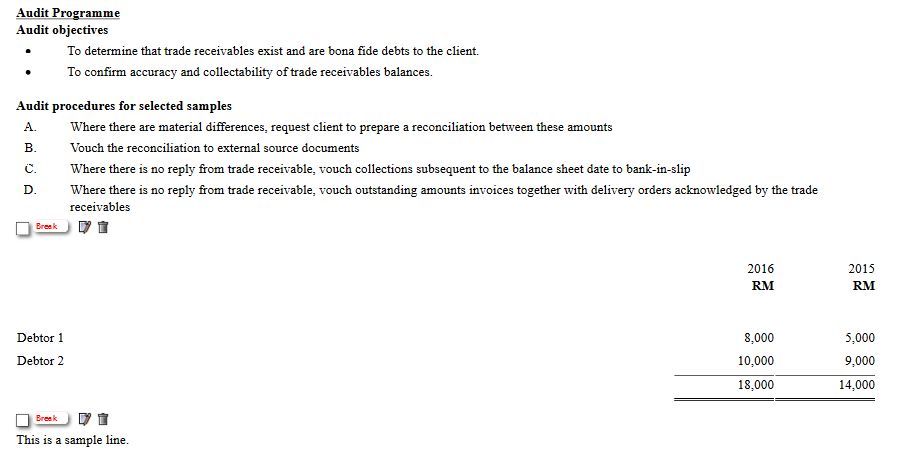


- #Html cannot be written in a plain text editor. how to
- #Html cannot be written in a plain text editor. full
- #Html cannot be written in a plain text editor. code
VARIABLE : Mean TS from clear sky composite (kelvin) The first few lines of the plain text output from the Live Access Serverįor the surface temperature at Point Nemo. If we view it in a text editor or a web browser. Shows how we would normally see this sort of plain text file This is often referred to as a file header.Ī good example of a data set in a plain text format is the surface temperatureĭata for the Pacific Pole of Inaccessibility (see It is common for there to be several rows of general information The basic conceptual structure of a plain text format is that the data areĪrranged in rows, with several values stored on each row. Solution, but we can be fairly certain that they will get the job done. Storage formats they might not be the most efficient or sophisticated Plain text files can be thought of as the lowest common denominator of The simplest way to store information in computer memory Data Storage Previous: 5.1 Case study: YBC Contents Index
#Html cannot be written in a plain text editor. code
This structure helps keep your code clean and readable.Next: 5.3 Binary formats Up: 5. The benefits to this are not just that you don’t need to remember to close your files every time, but also that all of your logic for dealing with that file in particular is visually and logically distinct within that block. This is because as soon as the code leaves this block (that is, as soon as either the next line of code is not indented or the file ends), the with statement’s context knows to close those files automatically. Note how there is no close() method called, however. As before, we have access to the file handle in the days_file variable, so we can call the read() method to get all of the contents and print() them. Īfter the :, we move to the next line and indent our code, which is how Python organizes blocks of functionality.
#Html cannot be written in a plain text editor. full
This is part of the full with statement’s syntax: with action as result. However, since we are using the with statement, rather than assigning the resulting file handle to a variable using =, we assign it using the as keyword. As before, we open the file using Python’s builtin open() function, passing the file path and mode parameters. Let’s walk through what this code does step by step. Here is an example of code that opens a file and prints its contents: with open ( '/home/sammy/days.txt', 'r' ) as days_file : In the case of working with files, a with statement will automatically close the file so that you don’t have those file handles lingering once you are finished with your task.Īs with any block in Python such as function definitions, if statements, or loops, with statements take the form of a simple statement followed by a : and a block of indented code. These statements are shorthand ways to set up a context in which work is done and, once that context is over, final details are automatically taken care of in order to prevent common errors. The recommended way to work with files in Python (often called the Pythonic way) is to use a feature of the language called with statements. Step 6 - Using with Statements (Optional) Now that the script is finished using the files, it releases the file handles using the close() method. Python is very flexible and can handle a number of different file formats with ease, including but not limited to the following: If this is not the case, you can get set up by following the appropriate installation and set up guide for your operating system: Prerequisitesįor this tutorial, you should have Python 3 installed as well as a local programming environment set up on your computer. When you’re finished, you’ll be able to handle any plain text file in Python.
#Html cannot be written in a plain text editor. how to
After a brief introduction to those, you’ll learn how to open, read, and write a text file in Python 3. This tutorial will briefly describe some of the file formats Python is able to handle. With Python, being able to open, read from, write to, and close files will help you work with tasks such as this. Your list of users may be stored as a text file, allowing you to check access or modify permissions. For this reason, it’s especially useful to know how to handle different file formats which store different types of data.įor example, consider a Python program that checks a list of users for access control. Some of the most common tasks in programming involve reading, writing, or manipulating data. Python is a great tool for processing data.


 0 kommentar(er)
0 kommentar(er)
